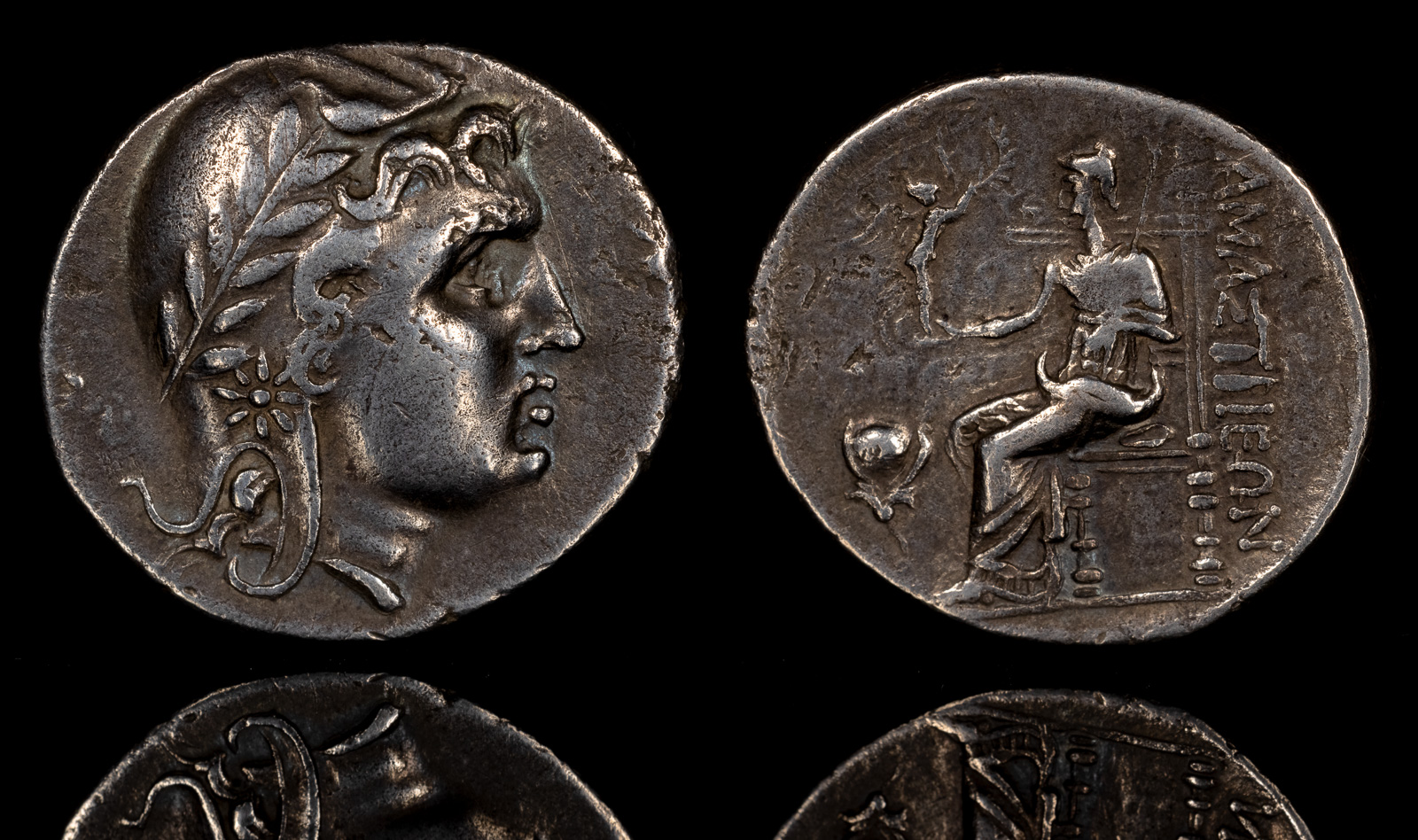Nike
View All Tags
Nike is typically portrayed as a graceful, youthful figure with wings, often in motion, symbolizing the speed and elevation of victory. She is usually shown holding a laurel wreath or a palm branch, both traditional symbols of victory in ancient Greece. The laurel wreath was awarded to victorious athletes in the Olympic Games, and the palm branch was associated with military triumphs. Nike’s winged form makes her an emblem of not just success but also the transitory nature of victory—momentary and fleeting, yet powerful in its impact.
Nike was often depicted alongside other gods, particularly Zeus (the king of the gods) and Athena (the goddess of wisdom and warfare). She frequently appears in scenes of victory, such as those celebrating military achievements or athletic prowess. In many instances, Nike is shown as a companion to Athena, often flying above her during scenes of battle, or appearing with Zeus to celebrate the victory of the gods. This close association underscores Nike’s role in both divine and mortal realms, emphasizing the idea that victory, whether in war or sports, was a gift from the gods.
The worship of Nike was widespread in ancient Greece, and she was often invoked during times of war or competition. Temples and monuments dedicated to Nike were built to honor her and to commemorate victories. The most famous of these is the Temple of Nike on the Acropolis of Athens, a small but exquisitely detailed structure erected around 427-424 BCE. This temple celebrated the Greek victories during the Peloponnesian War and is famous for its sculptural reliefs that depict scenes of battle and Nike in flight, bringing glory to Athens.
Nike’s importance extended beyond the battlefield and athletic contests. She was a symbol of success in any endeavor, and her influence was seen in a variety of contexts. Her image and name were invoked in public speeches, military campaigns, and even personal achievements, as people sought to garner the goddess’s favor in their pursuits. Her connection to victory also aligned her with the concept of achievement through effort, making her a powerful and positive figure in Greek society.
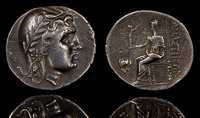
Amastris 285-250 BCE
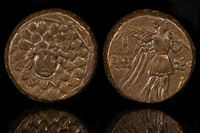
Amisos, Pontos 120-63 BCE
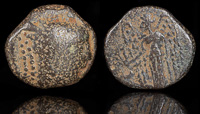
Aretas II 129-104 BCE

Ariarathes X 42-36 BCE

Ariobarzanes II 63-52 BCE
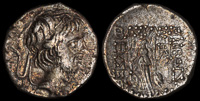
Ariobarzanes III 52-42 BCE
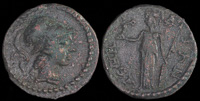
Athens 140-175 CE

Athens, Attica 264-267 CE
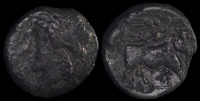
Compulteria, Campania 265-240 BCE
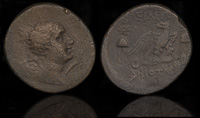
Deiotaros 62-40 BCE
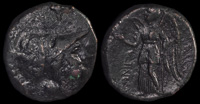
Hipponion, Bruttium 3rd century BCE

Kamnaskires III w Anzaze 80/79 BCE
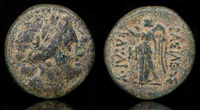
Kavaros 230-218 BCE
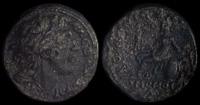
Koinon of Macedon 222-235 CE
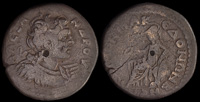
Koinon of Macedon 222-235 CE
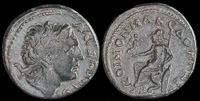
Koinon of Macedon 222-235 CE

Koinon of Macedon 238-244 CE
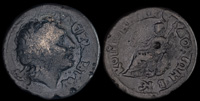
Koinon of Macedon 238-244 CE
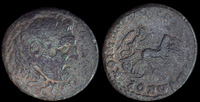
Koinon of Macedon 239-244 CE
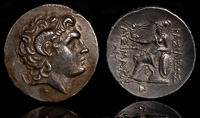
Lysimachos 287-281 BCE
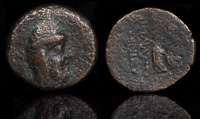
Mithradates I Kallinikos 96-70 BCE
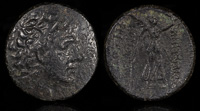
Mithradates VI 120-63 BCE
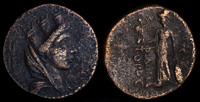
Philopator 20 BCE – 17 CE
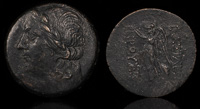
Prusias I 230-182 BCE
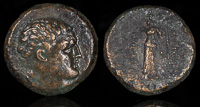
Pylaimenes 130 BCE

Teanum Sidicinum, Campania 265-240 BCE

Tralleis, Lydia 300-200 BCE
